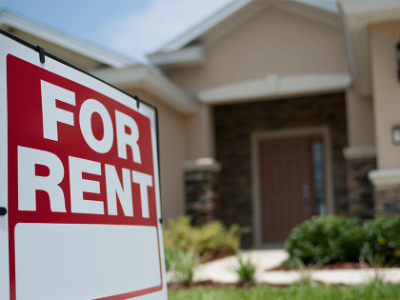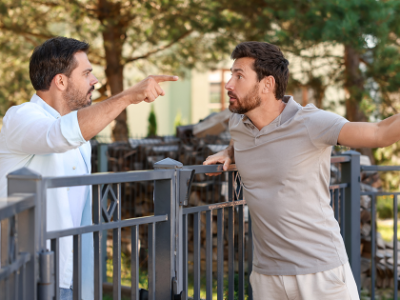The final walk-through when you’re buying a house should be a formality — one last time to take a look at the house before it officially becomes yours at closing.
But what if you discover something during the final walk-through that the previous viewings or home inspection didn’t uncover? Here are some tips to help you work through any problems — and stay on track to make your goal of home ownership a reality.
What happens during a walk-through
Many states' laws require sellers to tell you about certain defects or problems that they know of concerning the house — issues like leaks, termites and other pests, a faulty foundation, neighborhood noise, past water or fire damage, and more. But it’s always a good idea to hire a licensed professional to conduct a home inspection. This is your first line of defense in detecting any structural or mechanical issues.
The sales contract usually also includes a clause that allows you to do a final walk-through inspection within 24 hours prior to closing. This gives you the chance to see that the seller has moved out, cleaned up, made agreed-on repairs and kept other terms of the agreement.
During the walk-through, don’t just glance around. Take a few minutes to open doors and windows, check the air conditioner and furnace, turn light fixtures on and off, flush toilets and run water in sinks to check for any leaks.
If you find something wrong during the final walk-through
If you see issues during the walk-through, the solution will depend on the severity of the defect. For example, if it’s a busted doorknob, that’s something that can be easily fixed without delaying the closing. Something like a water stain on the floor that was concealed by a couch or a leaky pipe that went unnoticed may require these additional steps:
- First, ask your realtor for help. They should be experienced in handling these types of situations and can work with the seller to ensure the defect is corrected.
- Don’t close until things are correct. In some cases, you may have to delay the closing for a few days. That’s okay. You want to ensure the problem has been fixed before you sign off on final documents. After funds for the sale have transferred, this could be much harder to accomplish.
- “Hold back” funds. Maybe the seller agreed to make the repair, but the work couldn’t be completed by closing day. Money can be held in escrow to cover the cost. If you’re purchasing new construction, you may have funds held in escrow until all work is complete and you’ve signed off on it.
- Renegotiate your offer. Ideally, you want to come to agreeable terms with the seller so they get the proceeds from the sale and you can move in. This could mean a last-minute change to the sales contract where the seller agrees to fix (and pay for) the defect, you agree to pay for the costs or you agree to split the difference of the costs. In some cases, you may have enough leverage to ask for a lower sale price.
- Walk away. While this is usually not the best-case scenario for either party involved, you have the option to cancel the closing and not go through with sale. You should be entitled to receive any earnest money you put towards the purchase.
- Take legal action. If sellers hesitate at having the problem fixed, and the repair was agreed upon during negotiations, you do have legal recourse. An attorney who is experienced in practicing real estate law can advise you on what steps to take, write a letter on your behalf or represent you if the dispute does go to court.
Buying a home involves several steps, lots of processes and many legal and financial requirements. Get additional tips and resources from ARAG legal insurance to help you through the process.



